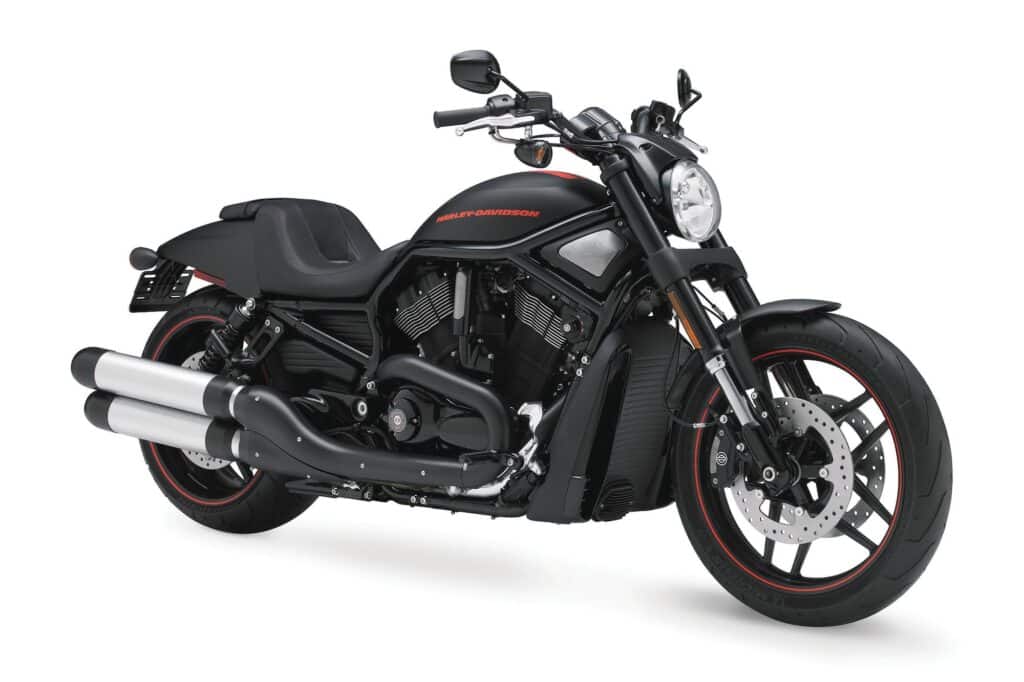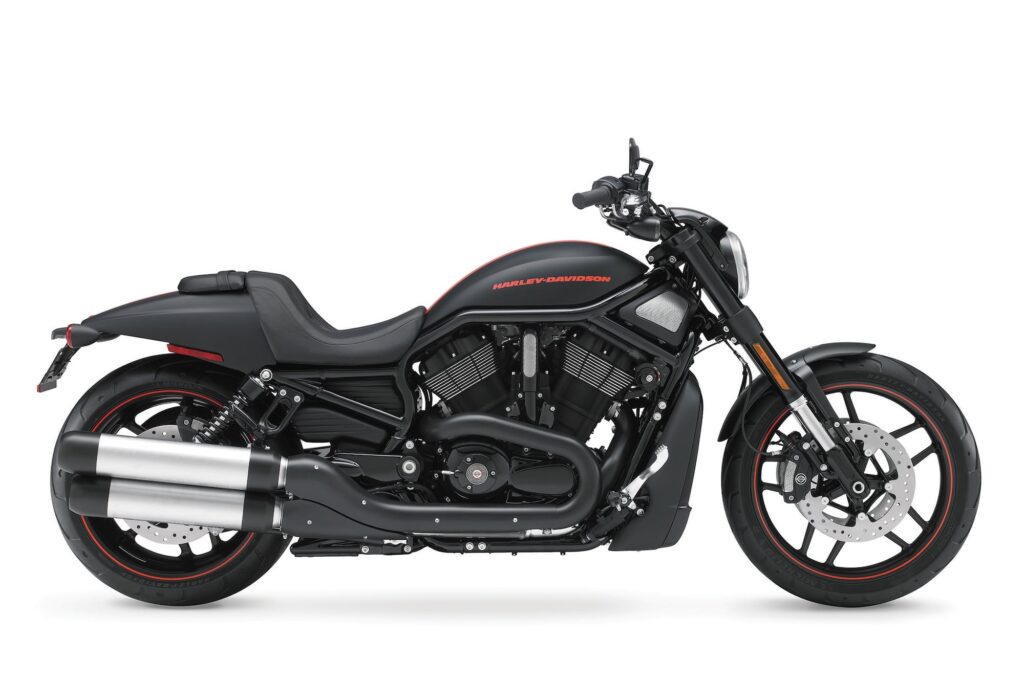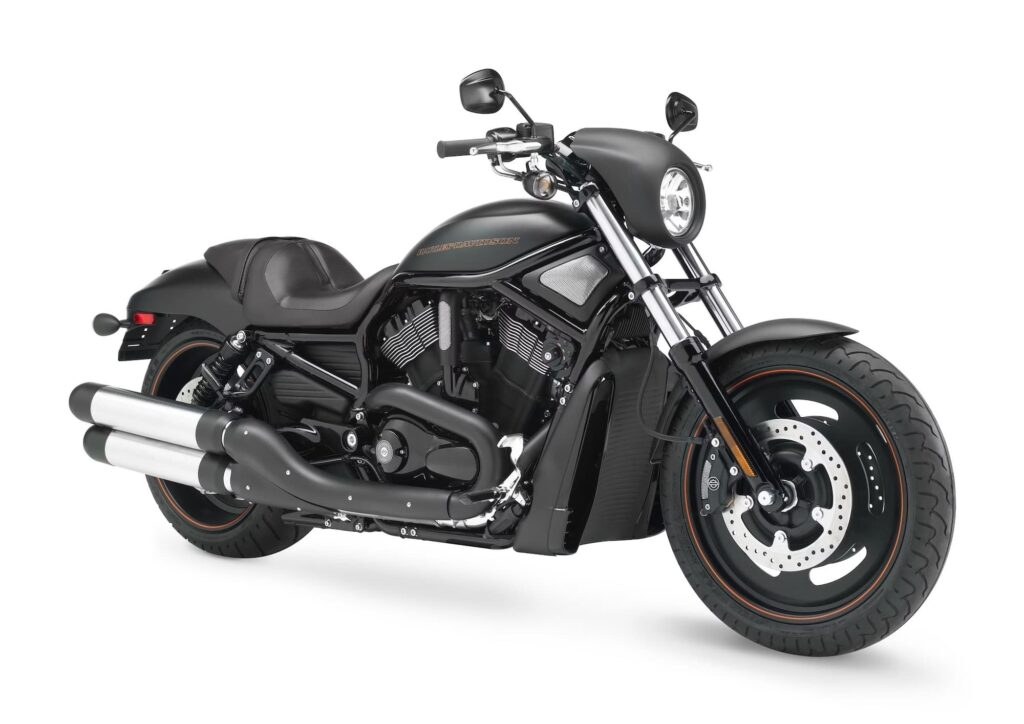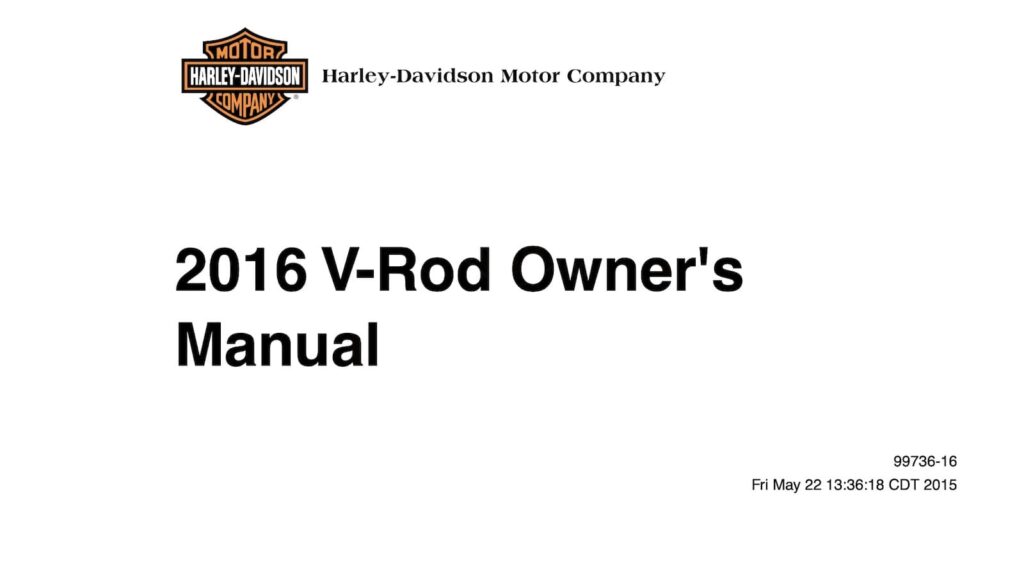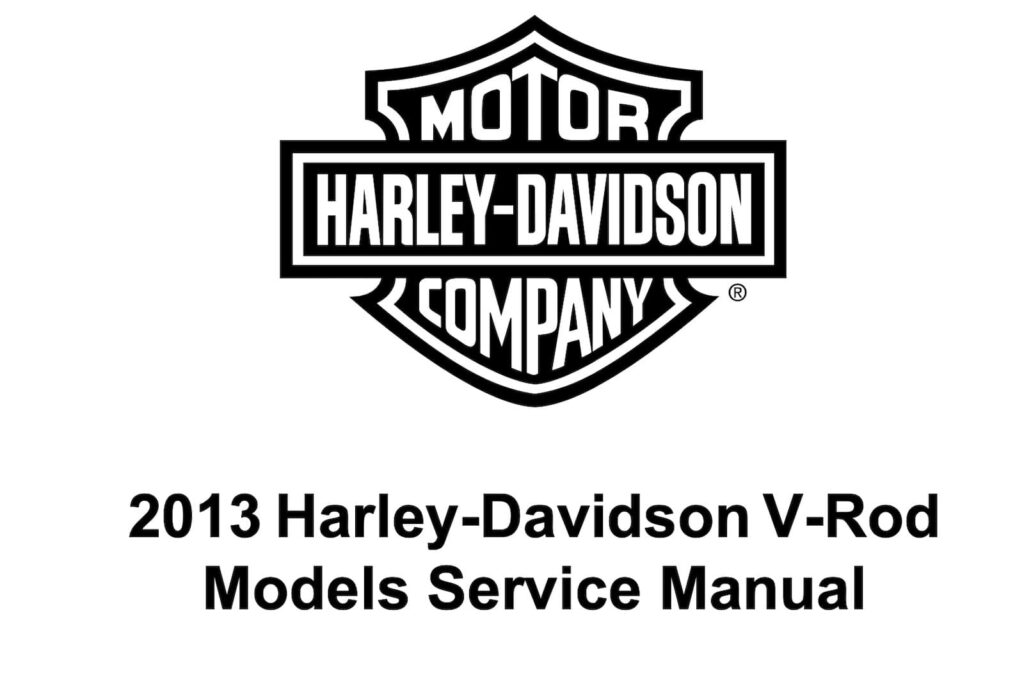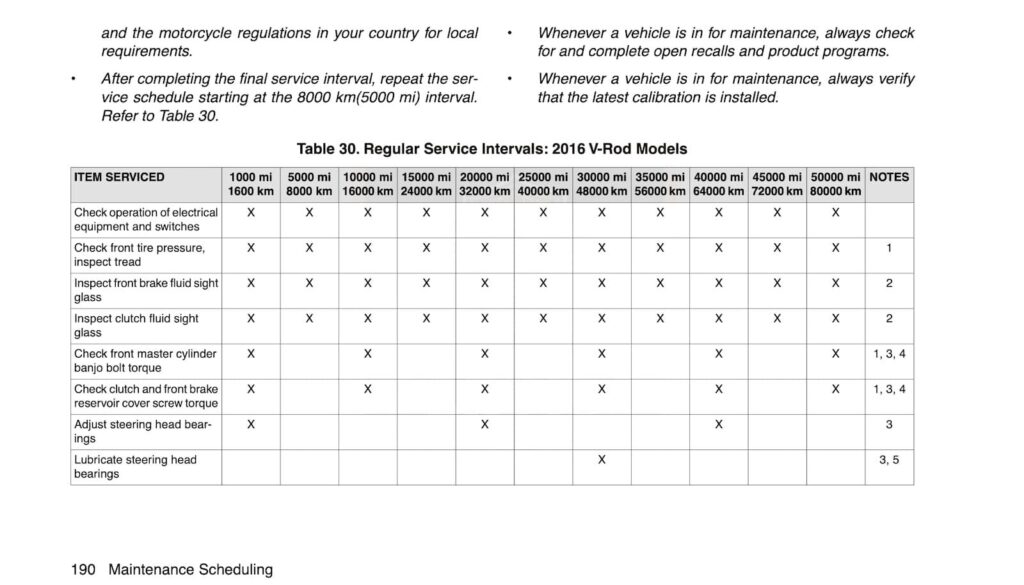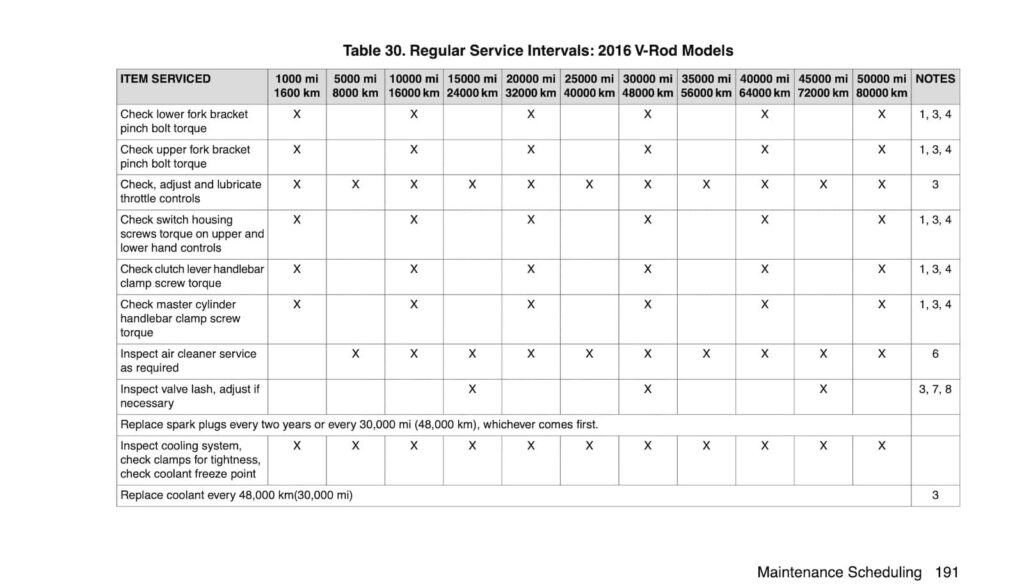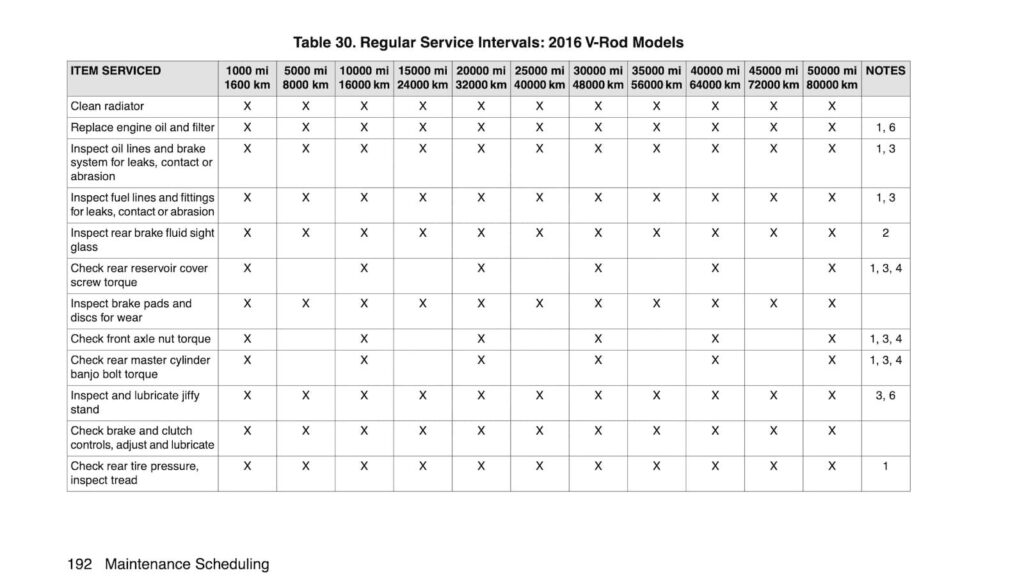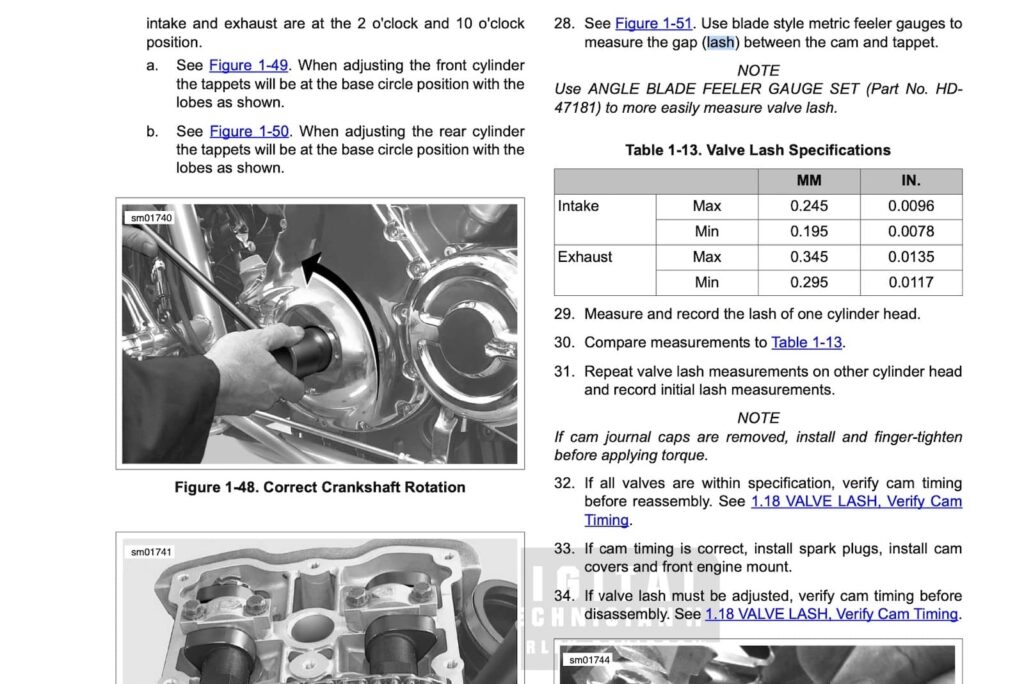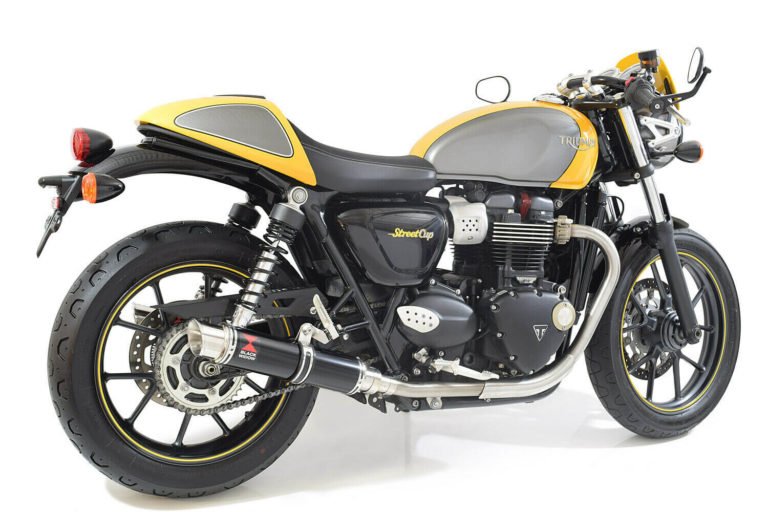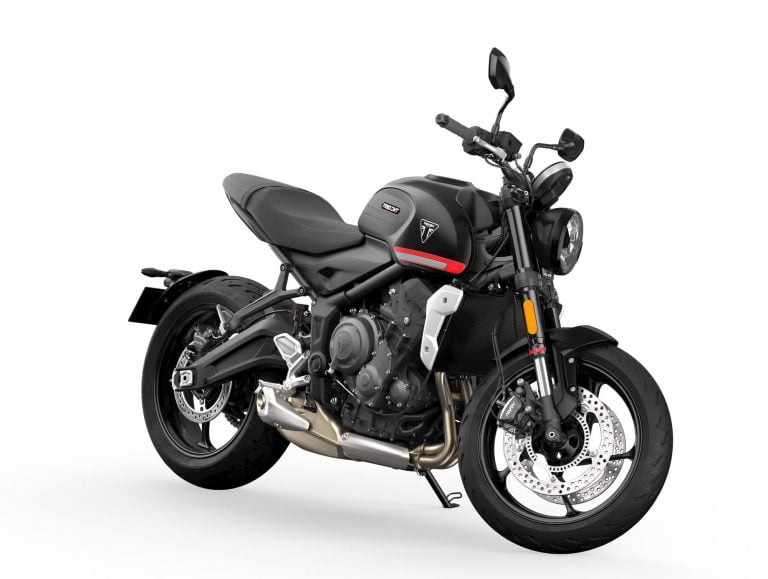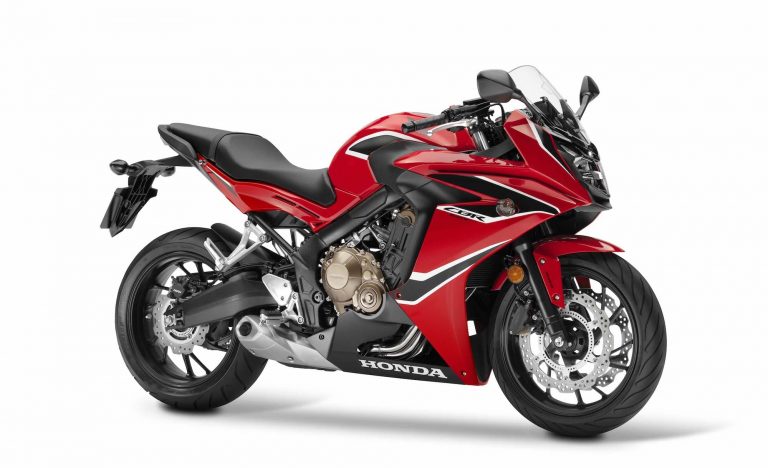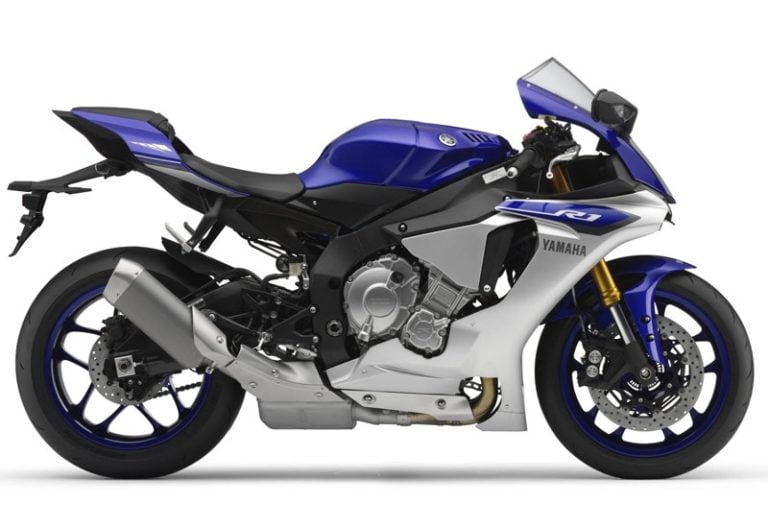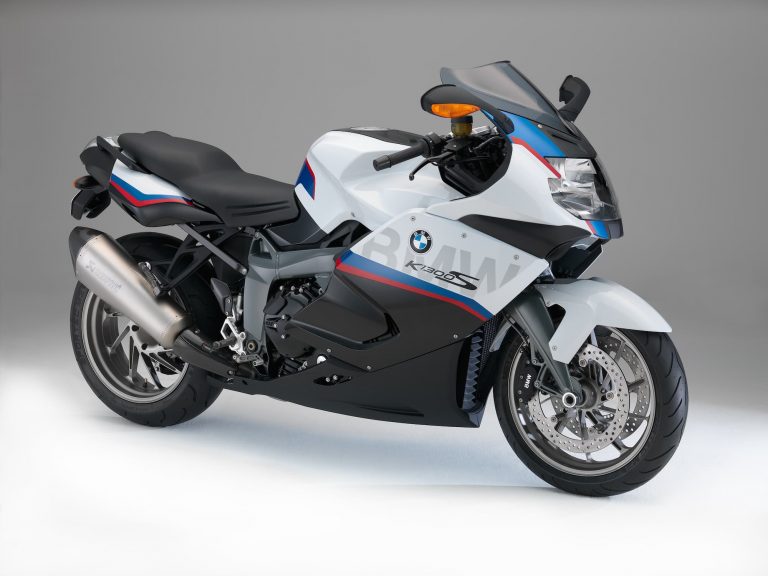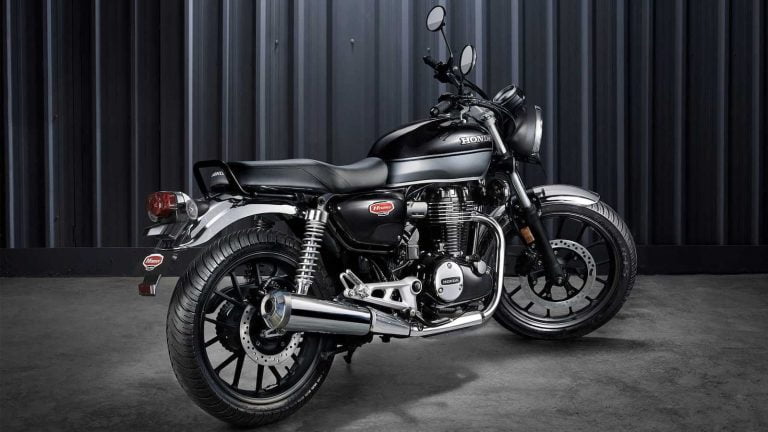Harley-Davidson VRSCDX Night Rod Special (2008-2017) Maintenance Schedule
This is the maintenance schedule for the VRSCDX Night Rod Special, Harley-Davidon’s iconic power cruiser with a Porsche-built engine.
The VRSCDX Night Rod Special was built with an 1131 cc motor in 2007, but from 2008 onward (until retirement) got the larger 1247 cc motor, dubbed a 1250. It delivers more power than its outgoing stablemate. On release, the 1250 had a different maintenance schedule, which is why it’s kept separate here.
The Night Rod Special is a large, intimidating bike. They all have a 240-profile rear tire and a long, stretched-out riding position. As before, the final drive is via a 5-speed transmission and a belt — so the V-Rod never got a 6-speed box in its lifetime.
There were several changes in 2008 (as well as later), and they’re mentioned below. However, they don’t fundamentally affect the service schedule.
The VRSCDX Night Rod Special, along with the VRSCF V-Rod Muscle, was one of the last two Night Rods before the series was sunsetted in 2017.
This site has links from which we earn a commission (which unfortunately nobody can save, not even us). If you appreciate this research work, then please use those links. Thanks.
Harley-Davidson VRSCDX Night Rod Special Service Intervals
In general, like other VRSC motorcycles, the Harley-Davidson VRSCDX Night Rod Special has 5,000 mile / 8,000 km or annual service intervals.
At every scheduled service, change your Night Rod Special’s oil and filter, and look over the motorcycle for things needing lubrication, adjustment, or cleaning. Also, check items that wear (like hoses and tires, which deteriorate with use) to see if they’re still in good condition, and to ensure they’re not crimped by bodywork or at risk of being damaged.
The VRSCDX’s “Revolution” motor has mechanical valve lifters (and not self-adjusting hydraulic valves), and thus the bike has a mandated valve inspection interval. The 1250 motor has always had a valve service interval of 15000 miles / 24000 km.
While the Night Rod Special’s final drive belt doesn’t require the maintenance that a chain would, you still do need to check it for condition and tension. See below for guidance on the issue.
A few items need to be done less frequently, like changing the brake fluid. See the maintenance schedule for more details.
Harley-Davidson VRSCDX Night Rod Special Maintenance Schedule
Below is the maintenance schedule for the VRSCDX Night Rod Special. The schedule is split into two components:
- The core maintenance schedule of important items to service, and
- The inspection checklist to do at every scheduled service.
Core Items Maintenance Schedule
Keep repeating this maintenance schedule in the pattern shown. Follow the earlier of time-based or distance-based service intervals, where appropriate.
| mi x 1000 | 5 | 10 | 15 | 20 | 25 | 30 | |
|---|---|---|---|---|---|---|---|
| km x 1000 | 8 | 16 | 24 | 32 | 40 | 48 | Every |
| Service checklist (see below) – Perform all items | ✓ | ✓ | ✓ | ✓ | ✓ | ✓ | Year |
| Engine oil and oil filter – Replace | ✓ | ✓ | ✓ | ✓ | ✓ | ✓ | |
| Spark plugs – Inspect | ✓ | ✓ | ✓ | ||||
| Spark plugs – Replace | ✓ | 2 years | |||||
| Brake fluid – Replace | 2 years | ||||||
| Steering head bearings – Adjust | ✓ | 20K mi / 32K km | |||||
| Steering head bearings – Disassemble, inspect, and lubricate | ✓ | 30K mi / 48K km | |||||
| Front fork – Rebuild (replace fork oil and seals) | 50K mi / 80K km | ||||||
| Fuel filter — Replace | 100K mi / 160K km | ||||||
| Rear fork bearings – Repack | ✓ | ||||||
| Valve lash – Inspect, Adjust (See note below) | ✓ | ✓ | |||||
| Coolant – Replace | ✓ | ||||||
| Critical fasteners – Check tightness (see below table) | ✓ | ✓ | ✓ | Year | |||
| Battery – Check battery and clean connections | Year |
Critical Fastener Torque
Below is the table of torque of critical fasteners applicable to the 1250 Night Rod Special. Some of these are only applicable when you change an item (e.g. changing the oil), but some of them should be checked every other service, as per the table above.
| Item | Nm | lb-ft |
|---|---|---|
| Oil drain plug | 35 | 25.8 |
| Oil filter | 2/3 to 1 turn after contact | |
| Spark plugs | 23 | 17 |
| Battery terminal | 6.8-7.9 | 5.0-5.8 |
| Steering stem bolt | 9.5 | 7 |
| Front axle nut torque | 81-88 | 60-65 |
| Rear axle nut torque | 190-203 | 140-150 |
| Shock absorber bolt torque (top and bottom) | 41-68 | 31-50 |
| Lower frame rail fasteners | 61-75 | 45-55 |
| Pivot shaft nut | 61-75 | 45-55 |
| Brake master cylinder banjo bolt (front and rear) | 23-29 | 17-22 |
| Clutch reservoir cover screws | 6-10 | 4.4-7.4 |
| Brake reservoir cover screws (front) | 1.1-1.4 | 0.8-1.0 |
| Brake reservoir cover screws (rear) | 0.7-0.9 | 0.5-0.7 |
| Fork bracket pinch bolt (upper and lower) | 41-48 | 30-35 |
| Switch housing screws on hand controls (upper and lower) | 4.0-5.1 | 3-3.8 |
| Clutch lever handlebar clamp screw torque | 8.0-9.0 | 5.9-6.6 |
| Master cylinder handlebar clamp screw torque | 8.0-9.0 | 5.9-6.6 |
VRSCD Night Rod Service Checklist
Below is the checklist of service items for the Harley-Davidson VRSCDX Night Rod Special
| Service Checklist — Harley-Davidson V-Rod 1250 |
|---|
| Drive belt and sprockets – Inspect condition, and check and adjust belt tension (see below) |
| Air cleaner – Inspect, service as required |
| Cooling system – Inspect, check clamps for tightness, check coolant freeze point |
| Oil lines and brake system – Inspect for leak, contact, or abrasion |
| Fuel lines / fittings – Inspect for leaks, contact, or abrasion |
| Brake pads and discs – Inspect for wear |
| Brake fluid – Check levels in sight glass (front and rear) |
| Clutch fluid – Check level in sight glass |
| Throttle, brake and clutch controls – Check free play, adjust, and lubricate |
| Tires – Check pressure, inspect tread |
| Radiator – Clean |
| Jiffy stand (side stand) – Inspect and lubricate |
| Electrical equipment and switches – Check operation |
| Exhaust system — Inspect for leaks, cracks, and loose or missing fasteners and shields |
| Road test – Verify component and system functions |
Belt Maintenance
The Harley-Davidson VRSCDX Night Rod Special has a belt final drive. Generally, belt final drives are low maintenance (they don’t rust or require frequent cleaning and lubrication), but you still have to periodically check its condition and tension, adjusting tension and changing it if necessary.
Check the condition of the belt and drive wheels at every service. Look for cracked ribs, broken teeth in the drive wheels, wear in the belt, and so on. Some damage you can live with and ride with caution (e.g. to a dealer) but that’s up to you.
Follow this procedure to check the Night Rod Special’s belt tension.
- Put the motorcycle in neutral with the motorcycle upright (not on its side stand)
- Use a belt tension gauge to push up at the belt deflection measurement window.
- Measure the number of notches of deflection. Each deflection is 2 mm.
Target deflection for the VRSCDX Night Rod Special: 6-10 mm or 3-5 gradations (other models have different deflection numbers).
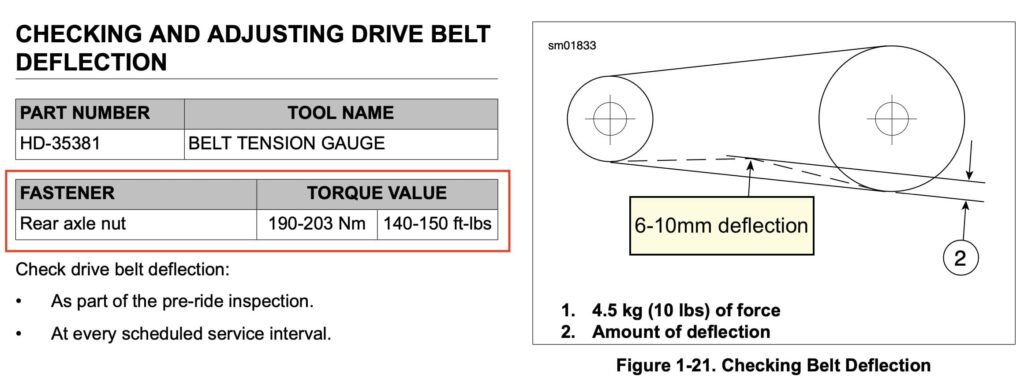
If the belt slack is out of spec, you need to adjust it by following the below procedure.
- Remove the E-clip on the axle and loosen the rear axle. You’ll need a large breaker bar.
- Turn the axle adjustment eccentric on the left-hand side until the belt deflects 6 mm (the tighter end of the range)
- Tighten axle to 140-150 lb-ft (190-203 Nm) (Note — This may seem very high, but it’s true — straight out of the service manual.)
- Reinstall clip.
Once you’ve tightened the axle, check the belt tension again again to make sure it has stayed, and install the clip.
Notes on Valve Service for the VRSCDX Revolution Engine
The VRSCDX has a second-generation 1247 cc “Revolution” series engine, which is a different design from other Harley-Davidson engines — different from the “Big Twins” and different from the Revolution Max motors in the later RH models (e.g. the Sportster S).
The 1250 Revolution engine has mechanical valve lifters, not the self-adjusting hydraulic lifters that most Harley-Davidsons have (from Sportsters to Tourers). Thus, the valve clearances have to be checked and possibly set (if needed) — every 15,000 miles or 24,000 km. They don’t necessarily always have to be adjusted, but if they do, the VRSCDX’s Revolution engine has a shim under bucket valve adjustment procedure, which means a little disassembly.
To change the valve clearances, you have to replace the shims. To do so, You have to remove things around the valve covers and remove the valve covers. Some of the fasteners require special tools. It greatly improves access to the rear cylinder to loosen the drive belt, remove or loosen the exhaust, remove some of the engine mounts, and tilt the engine forward.
Then, to measure clearances, you have to use angled metric feeler gauges to check the valve clearances. There are four valves per cylinder, so eight clearances to check.
Valve lash specs for the Revolution engine are below:
| Area | Valve lash (mm) | Valve lash (in) |
|---|---|---|
| Intake | 0.195-0.245 mm | 0.0078 – 0.0096 in |
| Exhaust | 0.295-0.345 mm | 0.0117 – 0.0135 in |
If the valve lash is out of spec, you have to then (being careful to not lose the timing) remove the cam chain tensioner, roll a camshaft out of the way (keeping it in lock with the chain), and remove the bucket, replacing the shim underneath it.
The valve lash adjustment procedure is not technically complicated, but it’s delicate and easy to do wrong if you accidentally knock off the timing chain or camshaft. This is why most prefer to defer to a mechanic.
Wheels, Tires, and Tire Pressures
The VRSCDX Night Rod Special ships with a 19/18 front/rear tire combination. It has Michelin Scorcher 11 tires as standard.
Below are the tire sizes and recommended pressures.
| Wheel | Tire size | Tire pressure (cold) |
|---|---|---|
| Front | 120/70 ZR-19 60W | 36 psi / 248 kPa |
| Rear | 240/40 R-18 79V | 42 psi / 290 kPa |
About the Harley-Davidson VRSCDX Night Rod Special (2008-2017)
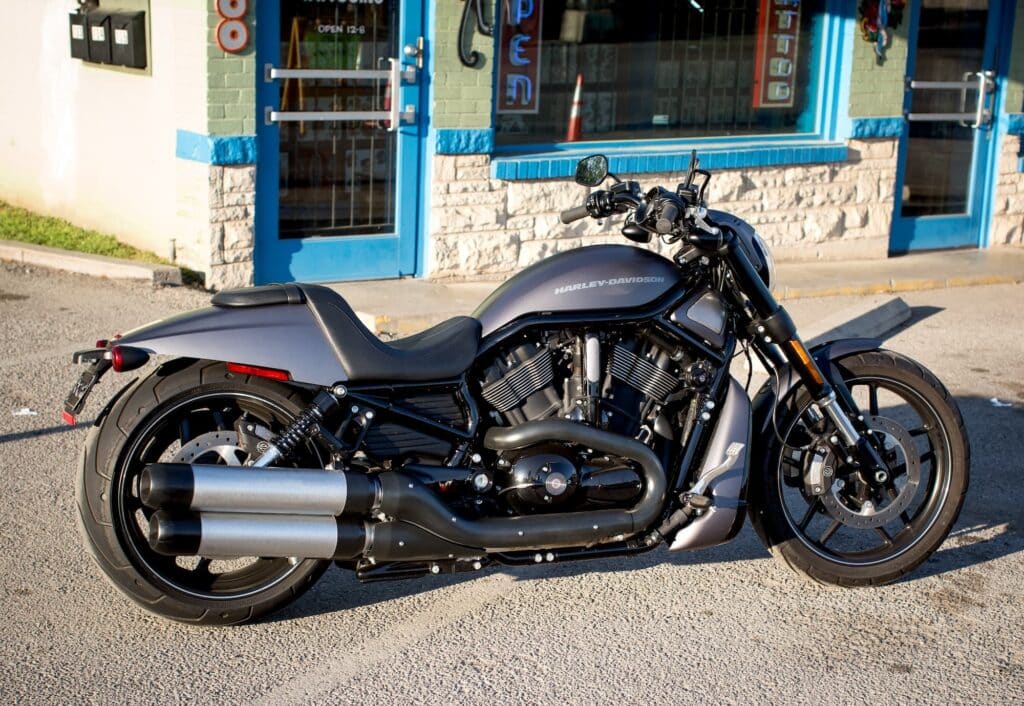
When you talk about Harley-Davidson, the image that comes to mind is bike that are a) huge, b) old-fashioned, and c) generally as much about image as they are about the ride. Well, the V-Rod line broke with that tradition (or at least skewed it a bit more towards actual performance), and the Night Rod Special is the culmination of that move.
The Harley-Davidson VRSCDX Night Rod Special is, in many ways, the ultimate V-Rod. It has the biggest motor, the biggest tire, the longest design, and the most blacked-out engine.
Underneath its striking exterior, the Night Rod Special has the highest-spec engine in a V-Rod — the 1250cc Revolution. It’s a liquid-cooled, dual overhead cam 8-valve engine that’s designed for both low-end torque and top-end power — as much of each as you could want.
The 1250 Revolution makes an impressive 125 horsepower (93 kW) at 8500 rpm — the power isn’t quoted in the US press releases, but it is in the European ones. While it takes a lot to pull around the V-Rod’s 300+ kg weight, the power and 85 lb-ft (115 Nm) of peak torque are as much as you could want in a feet-forward cruiser. As it stands, it’s quite hard to get the balance between spinning the rear tire or bogging down / launching too slowly. But once you’ve launched, the throttle on the V-Rod is addictive.
The styling of the Night Rod Special demands attention. It has a a sleek, drag bike-inspired profile, shared by few other Harley-Davidsons. There are plenty of cues that the V-Rod is a high-performance motorcycle, including the 240 profile rear tire (traction over everything), twin disc brakes (also a rarity in middleweight Harleys), and inverted forks on the later-model V-Rods.
The Night Rod Special is often derided as a straight line-only bike. It’s true that a 240 profile rear tire and foot-forward controls make it a little harder to fling around corners. But the low centre of gravity and high-quality suspension components give it a nimble ride that’s easy to adapt to. Nonetheless, it’s not a bike that’s easy to ride fast in very curvy environments — it takes skill with body positioning to make it fly.
The VRSCDX’s motorcycle weight, at around 670 pounds (304 kilograms) wet, is on the heavier side. This is typical for a cruiser, though. Nonetheless, the V-Rod’s design and geometry make it feel less cumbersome than one might expect.
Maintaining a VRSCDX is a little different from most Harleys. On the one hand, there are fewer places to change oil — there’s just the oil. You don’t have to change the primary crank case or transmission oil.
On the other, there are more fluids to change, as the Night Rod Special has a hydraulic clutch (which came and went in Big Twin bikes) and of course radiator coolant.
Finally, unlike most Harleys, the V-Rod bikes all have valve clearance inspections scheduled. (See above for more notes on that.)
The best part of the VRSCDX is that it’s an appreciating asset. Though the V-Rod and Night Rod weren’t well-loved during their tenure (other than in Australia, where they have always had a loyal following), they’re remembered well for being balls-to-the-wall cruisers that never have had a parallel from other manufacturers.
When the VRSCDX Night Rod Special was retired in 2017, it was replaced in style with the air/oil-cooled FXDR. However, that bike just doesn’t make the top-end power that the Night Rod ever did.
Reference — Manual Screenshots
The above info came from a mixture of the owner’s manual for the 2016 model VRSCDX, the 2013 service manual, press releases, and online forums.
See below for screenshots of the manual to confirm the maintenance schedule.
You can download maintenance schedules from Harley-Davidson here (you need an account and to log in).
